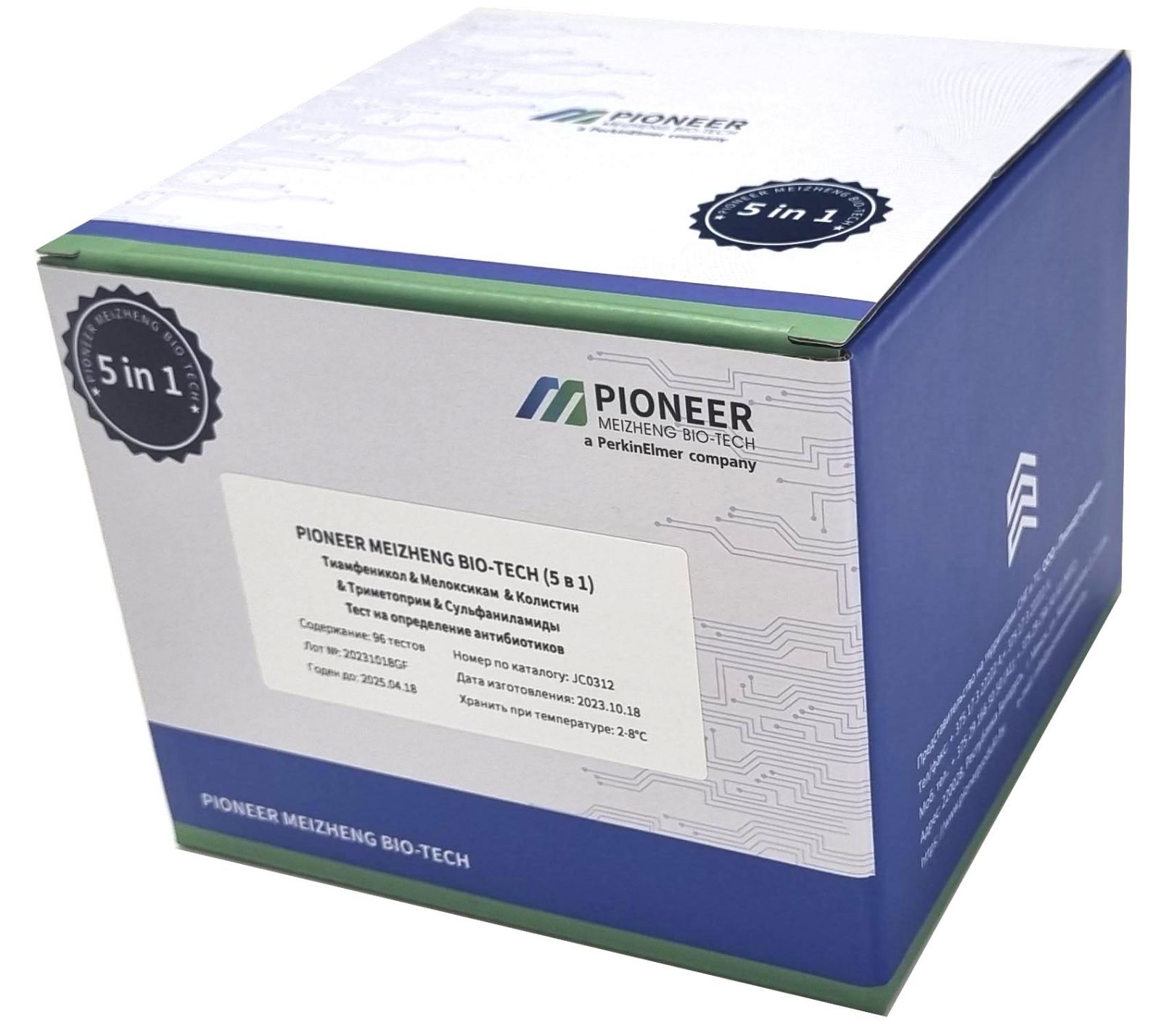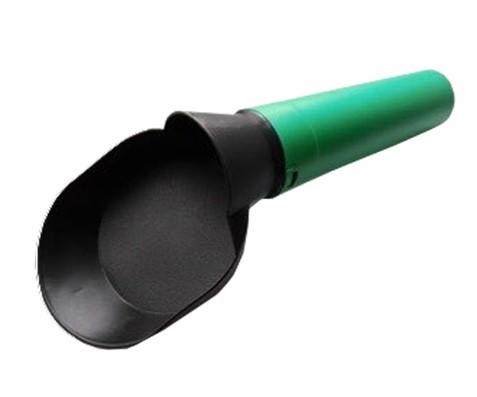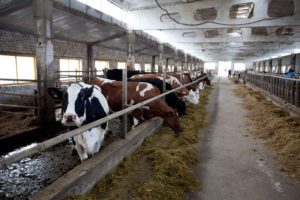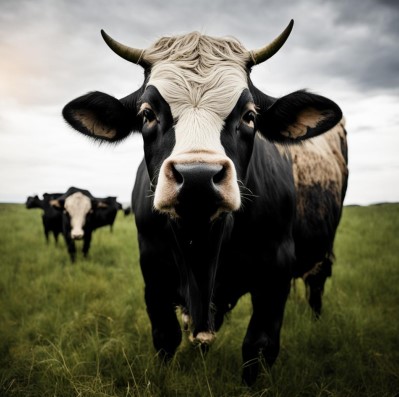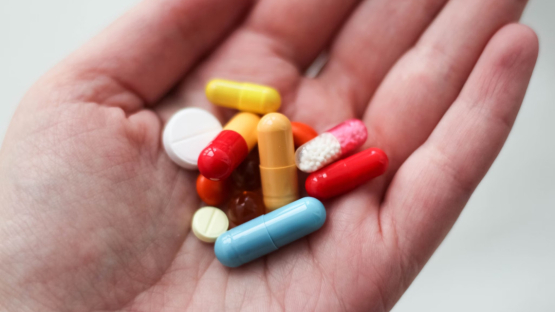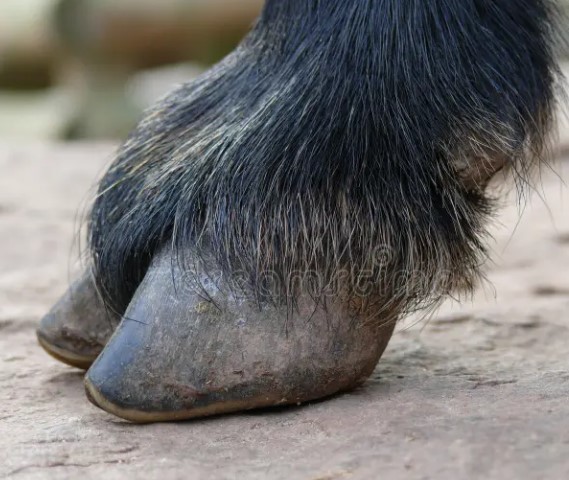Antibiotics in meat: problems and solutions

Photo is illustrative in nature. From open sources.
Adds
 PIONEER MEIZHENG BIO-TECH (5 in1) JC0871/ Rapid tests for the determination of the residual amount of β-lactams, tetracyclines, chloramphenicol, streptomycins, ceftiofur in milk, whey.
PIONEER MEIZHENG BIO-TECH (5 in1) JC0871/ Rapid tests for the determination of the residual amount of β-lactams, tetracyclines, chloramphenicol, streptomycins, ceftiofur in milk, whey. PIONEER MEIZHENG BIO-TECH (5 in1) JC0586 - Antibiotic tests 5 in 1 / Rapid tests for determining the residual amount of β-lactams, tetracyclines and cephalexin in milk, whey
PIONEER MEIZHENG BIO-TECH (5 in1) JC0586 - Antibiotic tests 5 in 1 / Rapid tests for determining the residual amount of β-lactams, tetracyclines and cephalexin in milk, whey
Antibiotics are widely used in animal husbandry to prevent and treat infections in animals and to promote growth. However, their use raises serious concerns among consumers and public HEALTH experts. In this article we will look at the problem of antibiotics in MEAT and possible solutions to this problem.
Problems associated with antibiotics in meat:
1. Development of antibiotic resistance. The use of antibiotics in livestock can lead to the development of antibiotic-resistant bacteria, making infections in humans more difficult to treat .
2. Transfer of antibiotics into products. Antibiotics used in animals can pass into meat and other animal products, which may affect the health of consumers.
3. Lack of quality control. Some countries lack strict controls on the use of antibiotics in livestock, which can lead to inappropriate and overuse of these drugs.
Possible solutions to the problem of antibiotics in meat:
1. Regulation of antibiotic use. Introducing strict regulations and controls on the use of antibiotics in livestock production can help reduce the risk of antibiotic resistance.
2. Use of alternative methods of prevention and treatment. The development of alternative methods of preventing infections in animals, such as vaccination , the use of probiotics and prebiotics, may help reduce the dependence on antibiotics.
3. Education and awareness. Conducting educational campaigns among livestock producers and consumers about the consequences of the use of antibiotics in meat can promote a more responsible approach to this issue.
Overall, the use of antibiotics in livestock is a serious problem that requires a comprehensive approach. Regulating the use of antibiotics, developing alternative treatment and prevention methods, and public education can help reduce the negative health impacts of antibiotics in meat.
Read together with it:
- Об ответственности за вождение в нетрезвом виде напомнили в суде2 января, Гродно. В 2025 году в Гродненской области 35 человек были осуждены за вождение в состоянии алкогольного опьянения повторно (ст.317-1 УК), что на 34,6% больше в сравнении с 2024 годом. Об этом корреспонденту БЕЛТА рассказал судья Гродненского областного суда Игорь Соболев."По ст.317-1 Уголовного Кодекса (за вождение в нетрезвом виде повторно) в 2......
- New video on our channel: Sheep Business. How to achieve a 300g daily gain in an open field? Alakol Agro LLC, KazakhstanThe ram fattening business . Sheep breeding in Kazakhstan. Weighing Edilbaev lambs and crossbreds of foreign MEAT breeds at a feedlot. How does balanced feed affect slaughter yield? Is there a wool market in Kazakhstan? PIONERPRODUKT.by is back at the Alakol Agro LLC feedlot in Kazakhstan . Today, we'll demonstrate how an Australian drafter operates in the new facility, discuss post-weaning weight...
- Russian meat exports to China are expected to grow to 300,000 tons by 2025.This growth marks significant progress in the country's agricultural sector, especially in light of past difficulties. Cooperation between RUSSIA and CHINA in agriculture is rapidly expanding: 35 protocols have been signed regulating the supply of various agricultural commodities. Growing demand for MEAT in China is expected to provide Russian producers with the opportunity to both increase produc...
- World Meat Prices: Trends and Changes in Week 52Globally, average prices for live pigs and pork halves fell by 2% and 0.5%, respectively. Beef prices increased, but the rate of growth slowed to 0.2%. The situation is different in Russia: pork and chicken prices also increased, by 4.8% and 0.7%, respectively. Russian pork exports reached a record high, increasing by 26% compared to the previous year, making the country one of the largest supplie...
- Казахстан расширяет экспортные возможности в сфере животноводстваЕвропейский Союз открыл рынок для пчеловодческой продукции. Экспорт говядины за первые десять месяцев 2025 года увеличился в 1,7 раза, достигнув 30,2 тыс. тонн, в то время как поставки баранины выросли на 1,9 раза — до 25,5 тыс. тонн. Такой рост объясняется высоким спросом на казахстанское мясо со стороны зарубежных партнеров. Работа по расширению ассортимента экспортируемой продукции продолжается...
- В Новгородской области произведено более 700 тысяч штук мини-клубней картофеляНовгородская область демонстрирует уверенный рост в первичном семеноводстве картофеля. В регионе функционирует шесть семеноводческих хозяйств, четыре из которых занимаются первичным семеноводством на безвирусной основе, используя современные технологии для получения здорового и качественного посадочного материала. В 2......
- Рост интереса к биржевой торговле агропродукцией в РоссииНа данный момент по биржевым торгам прошло 4,4 миллиона тонн зерновых культур, включая пшеницу, кукурузу и ячмень. Также отмечены активные продажи масличных культур, таких как соя и подсолнечник, с объемом около 1,3 миллиона тонн, и 1,2 миллиона тонн сахара. С начала 2025 года успешно проводятся операции с мясной продукцией (куриное мясо, свинина и индейка), реализовано 18,8 тысяч тонн мяса. В нас...
- Нарушения безопасности: опасные бактерии в продукции тамбовских птицефабрикЭто не первый случай нарушения, поэтому экспорт продукции этой фабрики временно ограничен. Аналогичные проблемы выявлены и у «Тамбовской индейки», чье мясо проверяли в Белоруссии. На предприятие введен усиленный лабораторный контроль, и в случае повторных нарушений может быть рассмотрен вопрос о полном прекращении экспорта. Информация о нарушениях уже направлена в Роспотребнадзор для дальнейшего р...

